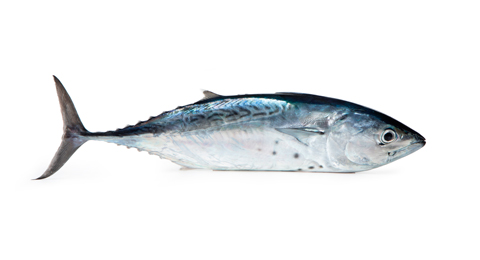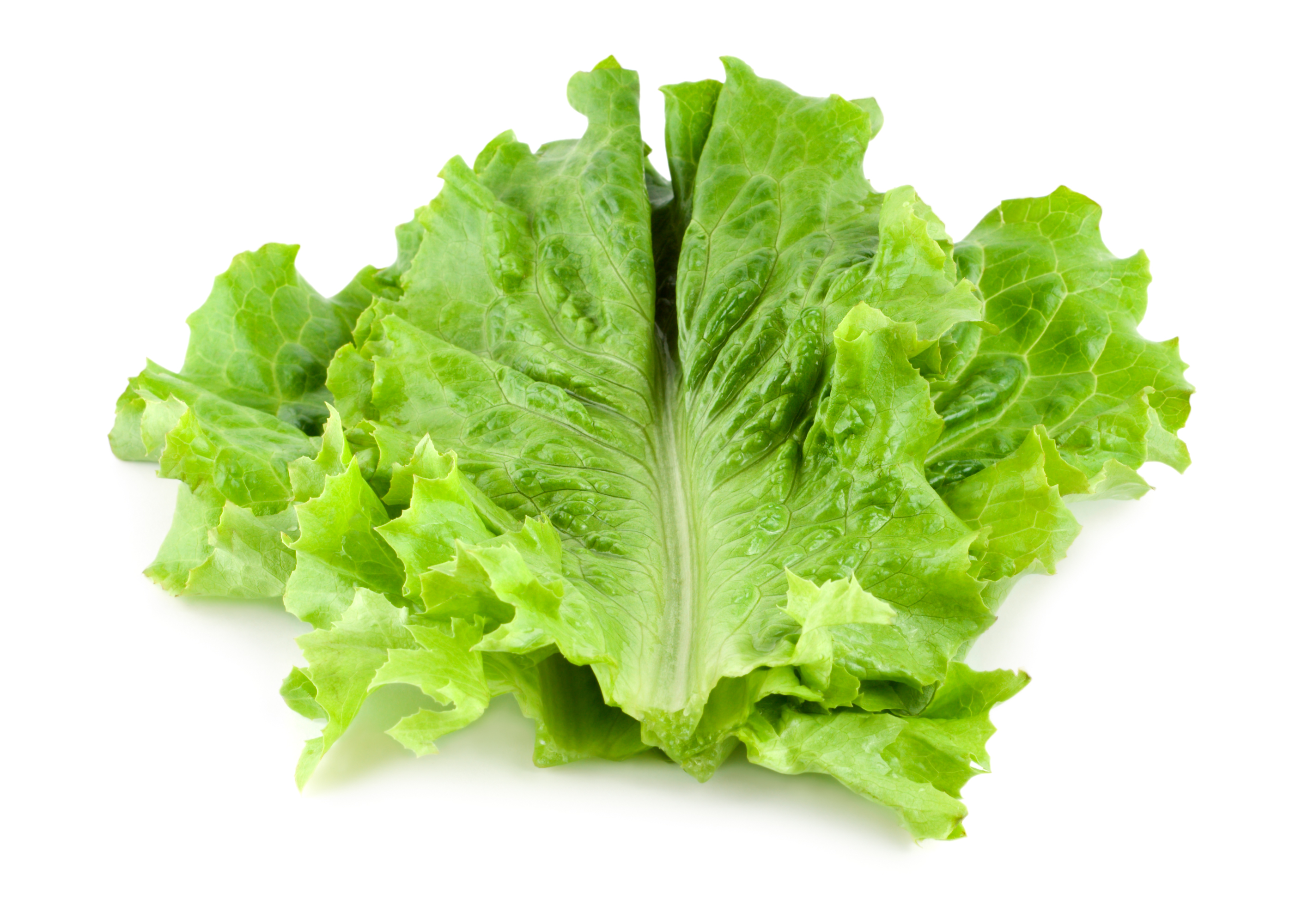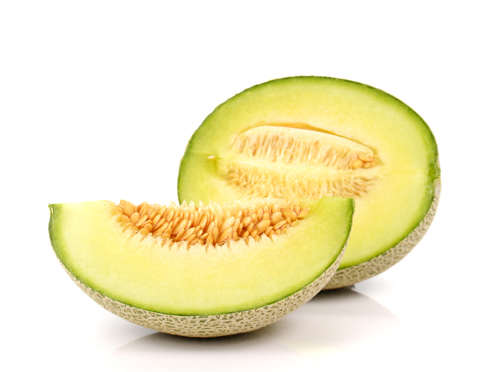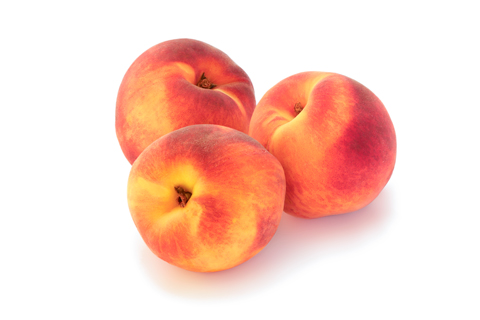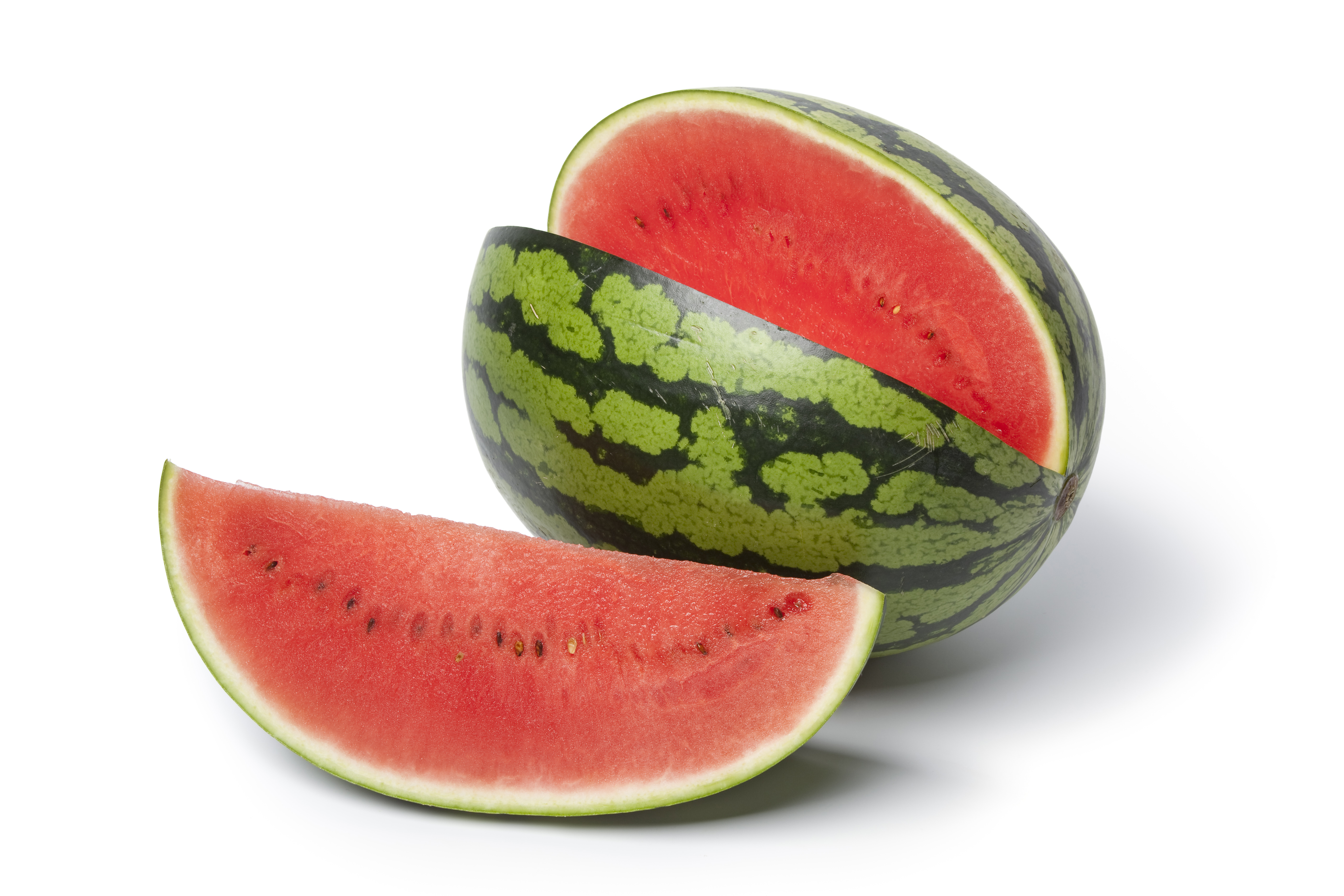Green beans
Green beans have been eaten on these shores for centuries, having been imported and introduced to Europe from America, like so many other fruit and vegetables.
Beans are a legume, but when they are eaten tender in their pod they are regarded more as a vegetable than a legume.
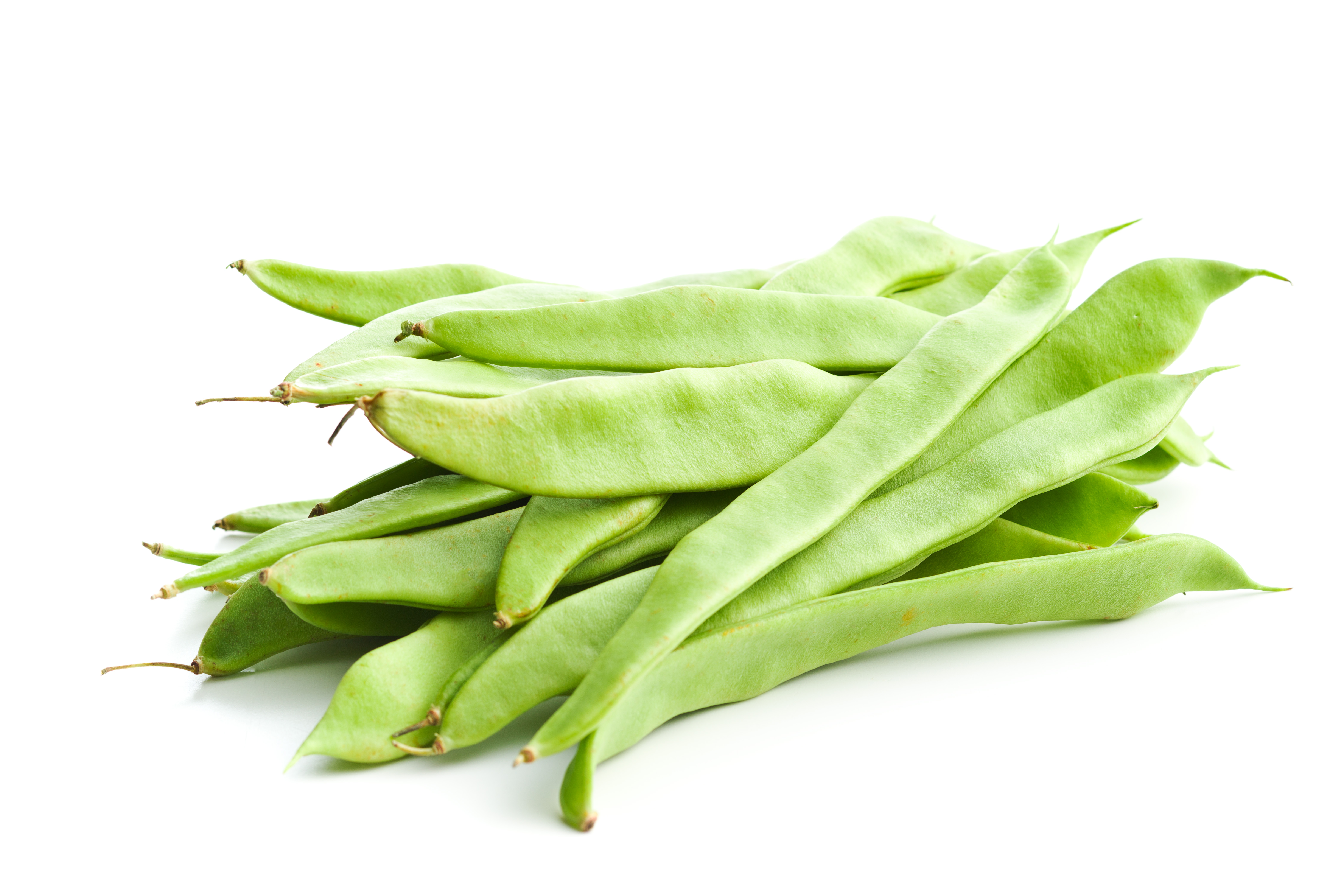
-
With green beans the part consumed is really the pod, which contains seeds when it is still young and tender.
Two types of green beans are usually eaten on these shores: flat beans and fine beans.
In recent years, some varieties of green beans with purple hues on the outside have become popular.
-
They are at their best at the start of the summer and the season may extend to the end of the summer, depending on the variety.
All varieties are good, if eaten tender. Once their seeds inside the pod have started growing, it is no longer advisable to eat the pod.
When choosing green beans at the market, you should take the following into account:
If you bend them back, bringing both ends of a pod close together, they should easily snap, which will indicate they are fresh. If they are limp, it means they were picked days ago.
Better-quality beans are the ones with the least pronounced seeds.
-
First of all, you will need to wash them thoroughly to remove all the dirt and chop off the part that joins the green bean to the plant, roughly half a centimetre.
You can chop them whichever way you prefer, depending on the dish you wish to cook, but we recommend you chop them up into roughly 3 cm-4 cm pieces that are easy to eat.
They are best cooked by boiling, in plenty of water with salt, for 6-7 minutes until tender. Then remove them and cool them down with ice-cold water so they can be chopped for cooking.
Once strained, they can be sautéed, eaten with salad or simply heated and accompanied with boiled potatoes and a generous helping of olive oil.
-
Green beans have many nutritional properties and few calories, given that a large part of their weight is water. In addition, they contain a good amount of fibre and are therefore recommended for dieting. A useful addition to your regular diet given their digestive properties. They are rich in proteins, fibre, vitamins A, C and E and B-complex vitamins, notably including folic acid, which is highly recommended for pregnant women. They also contain minerals, such as calcium, potassium and iron, which help to keep our bones and muscles in shape. They are well known for reducing cholesterol thanks to their soluble fibre and for preventing cancer thanks to their antioxidants.
They are especially recommended for anyone with diabetes and high levels of cholesterol.
-
Summer greens commonly eaten in the winter. To enjoy this product throughout the year without the need to buy it imported from thousands of kilometres away, you can opt to buy it locally in the summer and freeze it in portions for consumption throughout the year. To ensure their optimum texture and colour, you will need to clean the green beans, chop them up, blanch them and then leave them to cool down; once completely dry, they can be kept in bags or tupperware boxes and stored in the freezer.
They can also be preserved in their own juice, in brine or in vinegar.Note that both ends of the pods are often chopped off when in actual fact it is only the part formerly attached to the plant that needs to be removed. The other end is very good and tender, something you can make the most of.
.



